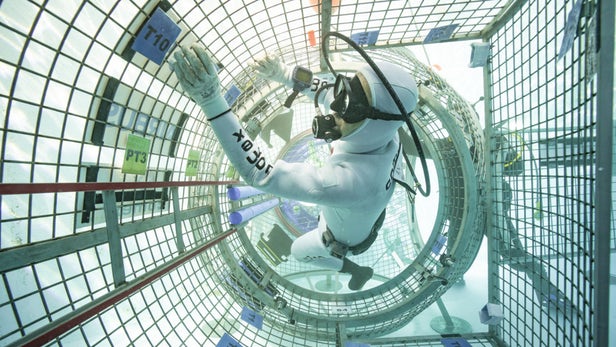
Breaking News
Chicago Homicide Rate: 2025 Analysis
 Tennessee Sues Roblox, Says Game is a 'Gateway for Predators' Targeting Children
Tennessee Sues Roblox, Says Game is a 'Gateway for Predators' Targeting Children
 Kushner and Witkoff Reportedly Draft $112B Plan to Turn Gaza Into 'Smart City'...
Kushner and Witkoff Reportedly Draft $112B Plan to Turn Gaza Into 'Smart City'...
 Christmas in Venezuela: What It Was Like After Socialism Destroyed the Country
Christmas in Venezuela: What It Was Like After Socialism Destroyed the Country
Top Tech News
 Perfect Aircrete, Kitchen Ingredients.
Perfect Aircrete, Kitchen Ingredients.
 Futuristic pixel-raising display lets you feel what's onscreen
Futuristic pixel-raising display lets you feel what's onscreen
 Cutting-Edge Facility Generates Pure Water and Hydrogen Fuel from Seawater for Mere Pennies
Cutting-Edge Facility Generates Pure Water and Hydrogen Fuel from Seawater for Mere Pennies
 This tiny dev board is packed with features for ambitious makers
This tiny dev board is packed with features for ambitious makers
 Scientists Discover Gel to Regrow Tooth Enamel
Scientists Discover Gel to Regrow Tooth Enamel
 Vitamin C and Dandelion Root Killing Cancer Cells -- as Former CDC Director Calls for COVID-19...
Vitamin C and Dandelion Root Killing Cancer Cells -- as Former CDC Director Calls for COVID-19...
 Galactic Brain: US firm plans space-based data centers, power grid to challenge China
Galactic Brain: US firm plans space-based data centers, power grid to challenge China
 A microbial cleanup for glyphosate just earned a patent. Here's why that matters
A microbial cleanup for glyphosate just earned a patent. Here's why that matters
 Japan Breaks Internet Speed Record with 5 Million Times Faster Data Transfer
Japan Breaks Internet Speed Record with 5 Million Times Faster Data Transfer
ESA dives into development of deep-space airlock for the Gateway outpost

If and when the Gateway outpost is deployed in 2023, it will need an airlock to get any useful work done, so ESA is working on a new egress point for scientific experiments for the cislunar manned laboratory. Based on two independent approaches by Airbus and Thales Alenia Space, the final design will be part of the European module ESPRIT, which will also provide telecommunications and spacecraft refueling capabilities.
An airlock seems like a simple enough thing. It's a box with a pair of doors that can't both be opened at the same time while one is under pressure. It allows astronauts and equipment to enter and leave a spacecraft by equalizing pressure in the chamber without having to depressurize or pressurize the entire vehicle.
But designing one isn't that easy. Such airlocks tend to be cramped, full of equipment, and present all sorts of ergonomic problems – especially for weightless astronauts. To overcome this, ESA is currently testing a full-size mock-up of one of the airlocks built by Comex for Airbus in a swimming pool in Marseilles, France.

 Advanced Propulsion Resources Part 1 of 2
Advanced Propulsion Resources Part 1 of 2


